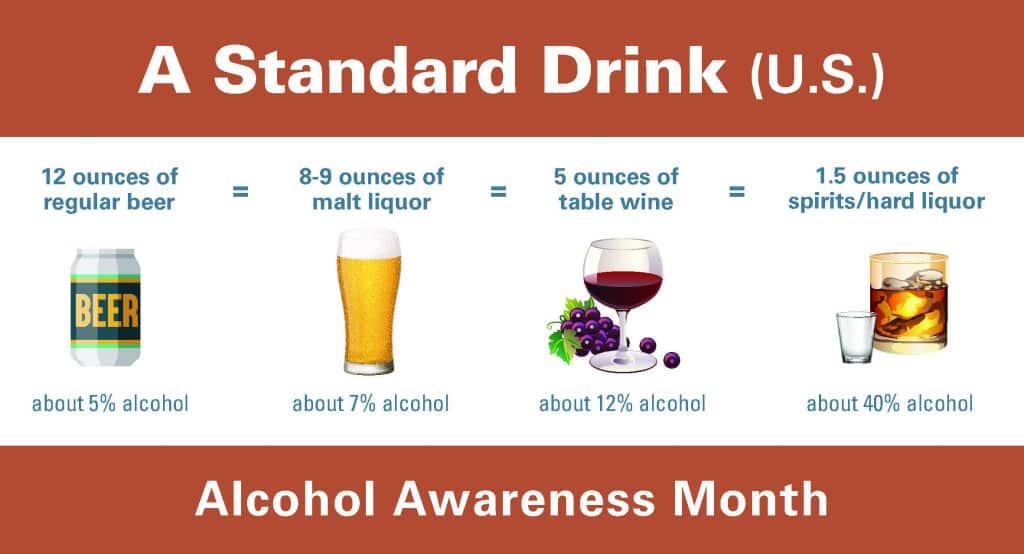Unraveling the mystery of intoxication: Dive into the science behind the number of beers it takes to reach that drunk state.

Image courtesy of Anete Lusina via Pexels
Table of Contents
Alcohol intoxication is a common phenomenon that many individuals are curious about, especially when it comes to determining how many beers it takes to get drunk. While the answer may vary for each person, there are scientific factors at play that influence intoxication levels and individual tolerance. In this blog post, we will delve deep into the intricacies of alcohol metabolism, tolerance levels, and various factors that can affect how quickly and severely someone becomes intoxicated.
Alcohol Metabolism
Alcohol metabolism is a complex process that occurs in the body after the consumption of alcoholic beverages. When we drink beer or other forms of alcohol, the liver works to break down the ethanol in the bloodstream. This process involves several enzymes, primarily alcohol dehydrogenase and aldehyde dehydrogenase, which convert ethanol into acetaldehyde and then into acetic acid, which is eventually eliminated from the body.
Factors such as age, gender, weight, and genetics can play a significant role in how efficiently the body metabolizes alcohol. For example, younger individuals tend to have higher levels of alcohol dehydrogenase, allowing them to process alcohol more quickly. Additionally, individuals with a higher body weight may have a higher blood volume, leading to a dilution effect that can impact intoxication levels.
Individual Tolerance Levels
individual tolerance levels to alcohol can vary widely based on a variety of factors. Some people may have a genetic predisposition to metabolize alcohol more efficiently, leading to a higher tolerance for alcohol. Conversely, individuals who have liver damage or reduced enzyme production may experience intoxication more quickly and severely.
Regular alcohol consumption can also influence tolerance levels over time. The body adapts to frequent alcohol intake by increasing enzyme production and liver function, which can lead to a higher tolerance for alcohol. However, tolerance buildup can also increase the risk of alcohol dependence and other health issues associated with heavy drinking.
Factors Influencing Intoxication
There are several factors that can influence how quickly someone becomes intoxicated after consuming beer or other alcoholic beverages. The type of alcohol consumed, the strength of the beer, and the rate of consumption all play a role in determining intoxication levels.

Image courtesy of www.utphysicians.com via Google Images
Hard liquors typically have a higher alcohol content than beer or wine, making them more potent and likely to lead to quicker intoxication. Additionally, the rate at which alcohol is consumed can impact how rapidly it is absorbed into the bloodstream. Drinking on an empty stomach can also accelerate the absorption of alcohol, leading to faster intoxication.
Conclusion
While the question of how many beers it takes to get drunk may not have a straightforward answer, understanding the science behind alcohol intoxication can help individuals make informed decisions about their drinking habits. By considering factors such as alcohol metabolism, individual tolerance levels, and the various influences on intoxication, individuals can better control their alcohol consumption and prioritize responsible drinking practices.
It is essential to remember that alcohol affects each person differently, and the key to enjoying alcohol responsibly lies in moderation and self-awareness. By monitoring your alcohol intake, knowing your limits, and prioritizing your well-being, you can navigate social situations involving alcohol with confidence and mindfulness.
FAQs
How many beers does it take to get drunk?
The number of beers it takes to get drunk varies based on individual factors such as metabolism, tolerance, and alcohol content of the beer. Generally, it is recommended to drink in moderation and know your limits to avoid excessive intoxication.
What factors influence alcohol intoxication?
Factors influencing alcohol intoxication include the type of alcohol consumed, strength of the beverage, rate of consumption, and presence of food in the stomach. These factors can impact how quickly alcohol is absorbed into the bloodstream and can contribute to varying levels of intoxication.
How does alcohol metabolism affect intoxication levels?
Alcohol metabolism involves enzymes in the liver breaking down ethanol into acetaldehyde and then acetic acid. Individual factors like age, weight, genetics, and liver function can influence how efficiently the body processes alcohol, contributing to differences in intoxication levels among individuals.
Can tolerance to alcohol change over time?
Yes, tolerance to alcohol can change over time with regular consumption. The body adapts by increasing enzyme production and liver function, leading to a higher tolerance for alcohol. However, building tolerance can also increase the risk of dependence and other health issues associated with heavy drinking.
Generated by Texta.ai Blog Automation
Leave a Reply